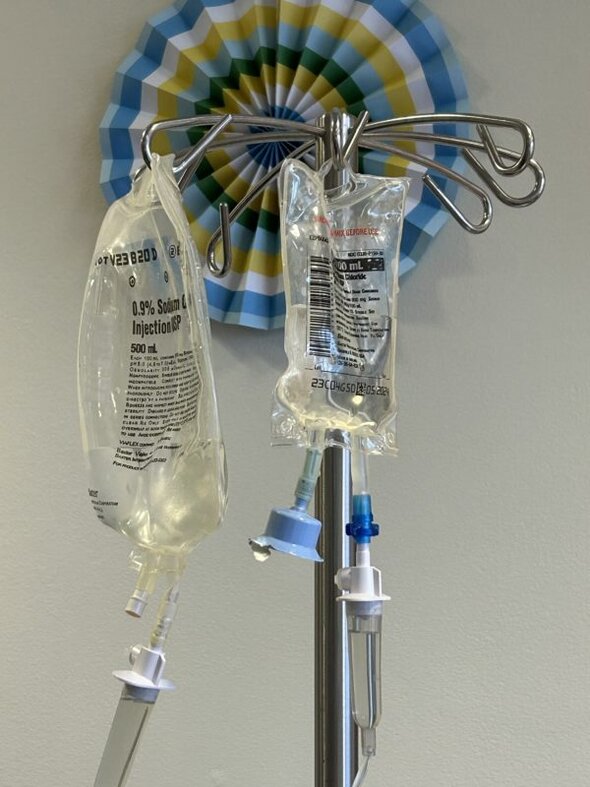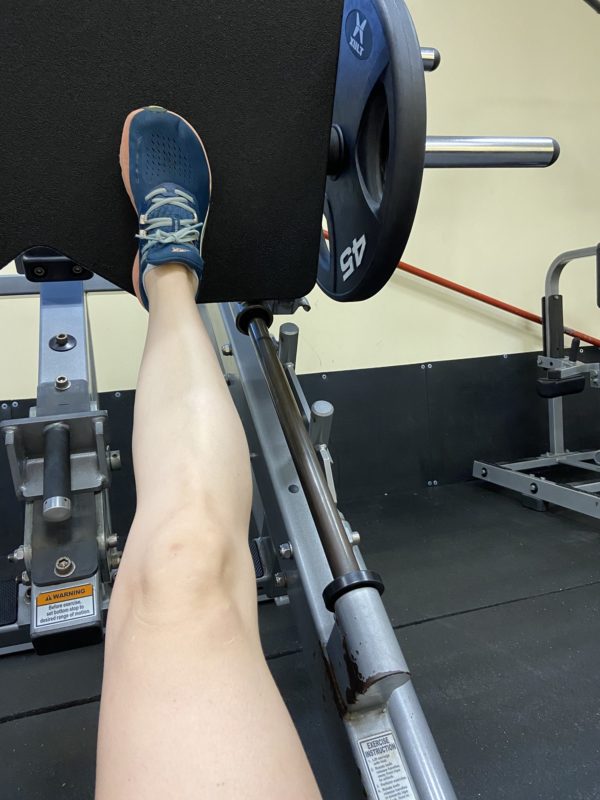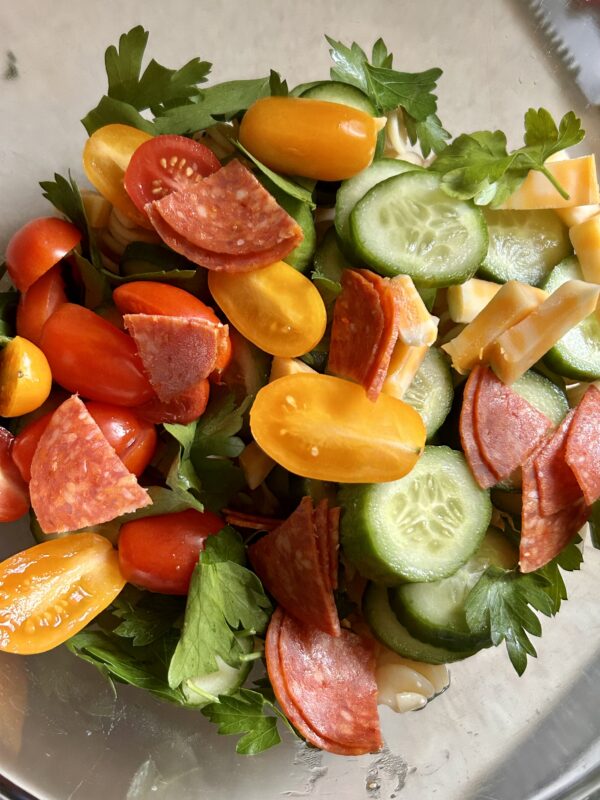This train of thought began after I saw a headline, and I can’t even remember what the headline was, or exactly where I saw it!

It had something to do with the difference between numbing and coping, which is something I have thought about a lot over the last few years.
And we’re just gonna ride my train of thought, even if it’s a little disorganized.
Numbing vs. Coping
In my mind, numbing mechanisms are things that block negative, unpleasant feelings; I think of substance use (alcohol, drugs, smoking), excessive spending, excessive eating, overworking, doomscrolling, and so on. These don’t address the root issue; they just serve to cover over/push away the unpleasant feelings temporarily.
On the other hand, I have a more positive association with coping mechanisms; I think of these as activities/habits that resource me, such as exercising, sleeping, and journaling.

These things don’t cover over/push away the unpleasantness; rather, they make ME more capable of handling the unpleasantness.
(I suppose there is some overlap between positive coping mechanisms and self-care. If we do a good job of taking care of ourselves, we are more equipped to handle the difficult things life throws our way.)
Numbing kicks the can down the road
Numbing is useful to an extent, but it is not a good long-term solution. It’s sort of like how when someone has had surgery, numbing meds are very useful for the first few days.
But we don’t usually want to keep a post-surgical patient on morphine long-term.

Not morphine!
I think one of the reasons I’ve processed through so much of my trauma in the last few years is that I’ve largely managed to avoid numbing mechanisms. I have sat with the raw pain as the unprocessed memories have popped up, I have ridden the waves of grief and anger, and I think this has helped move me along the path of healing faster.
If we numb the pain instead, all of that processing work is still sitting there waiting for us, ready to pop up as soon as the numbing wears off.
Numbing, unfortunately, is a way of procrastinating the processing and healing.
Not numbing? You need to be ready to cope!
When we’re not numbing ourselves, we feel all the raw realness of life, including all the unpleasantness.
And that’s when we need coping mechanisms, things that ready us to face/handle/process all the tough stuff.
Low-Cost, Healthy Coping Mechanisms
Numbing mechanisms are often quite expensive (Have you seen the price of alcohol??), but coping mechanisms can also be pricey (Massages come to mind!)
I’m guessing the commentariat here has a collection of inexpensive ways they resource themselves. So, I’m going to do a quick bullet list of some of my favorite healthy coping mechanisms, and then I’ll ask you to share too.
My Frugal Favorites
In no particular order, except how these occurred to me in real-time as I wrote this post:
- walking outside, in the woods

- going to bed early
- breathing slowly (as in….purposely pausing to take slower, deeper breaths)
- lifting weights

- talking with empathetic friends
- prioritizing protein, produce, and whole grains

- watching sunrises and sunsets, or just pausing to look up at the clouds

All of these things put my body and my mind in a more settled, resourced state. And then I’m in better shape to handle what life throws my way.
Your turn! Tell us your favorite frugal and healthy coping mechanisms. What do you do to resource yourself?
P.S. I do also think therapy is a useful way to resource yourself. Unfortunately, it is not usually very affordable, which is why it’s not on the list of frugal coping mechanisms.
P.P.S. I am not a mental health professional and I am not qualified to treat/give advice on addictions. I’m simply sharing about my own experience and my own perspective as it relates to things that help me cope. 🙂
Source: www.thefrugalgirl.com…
